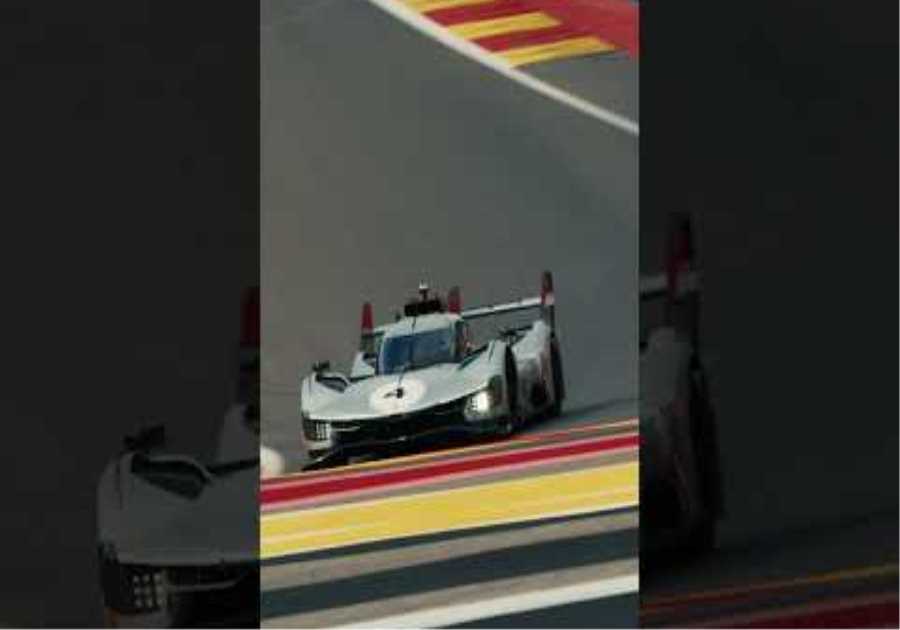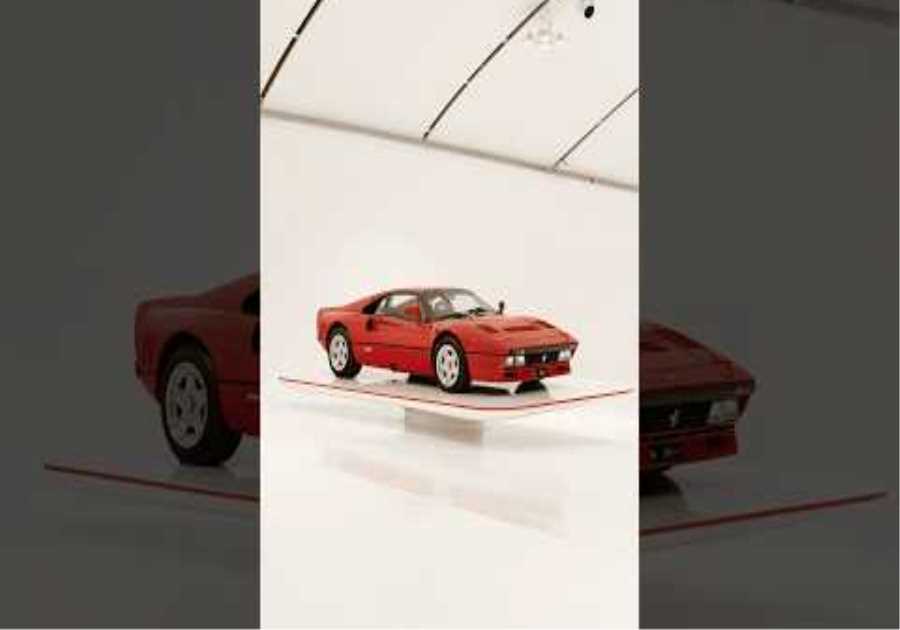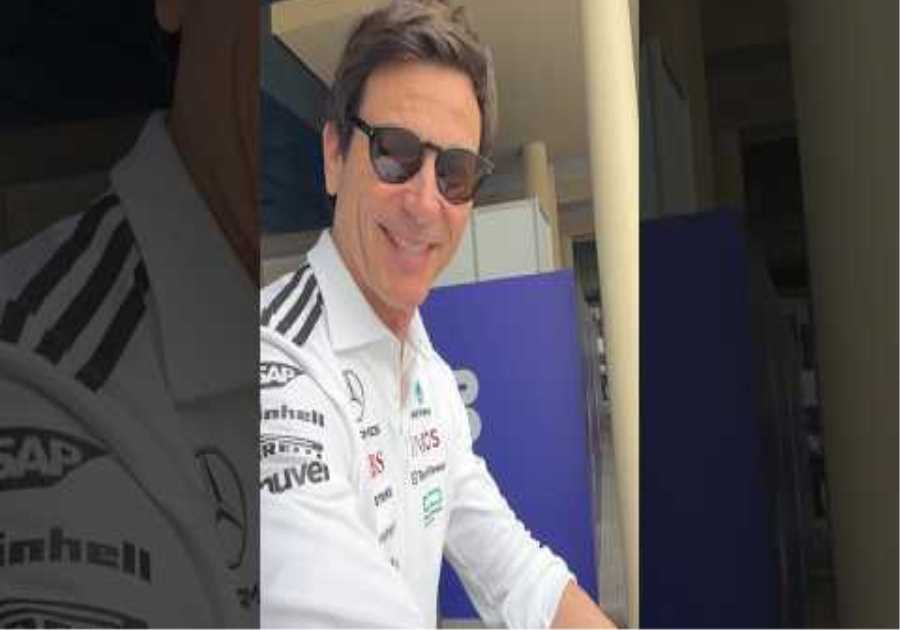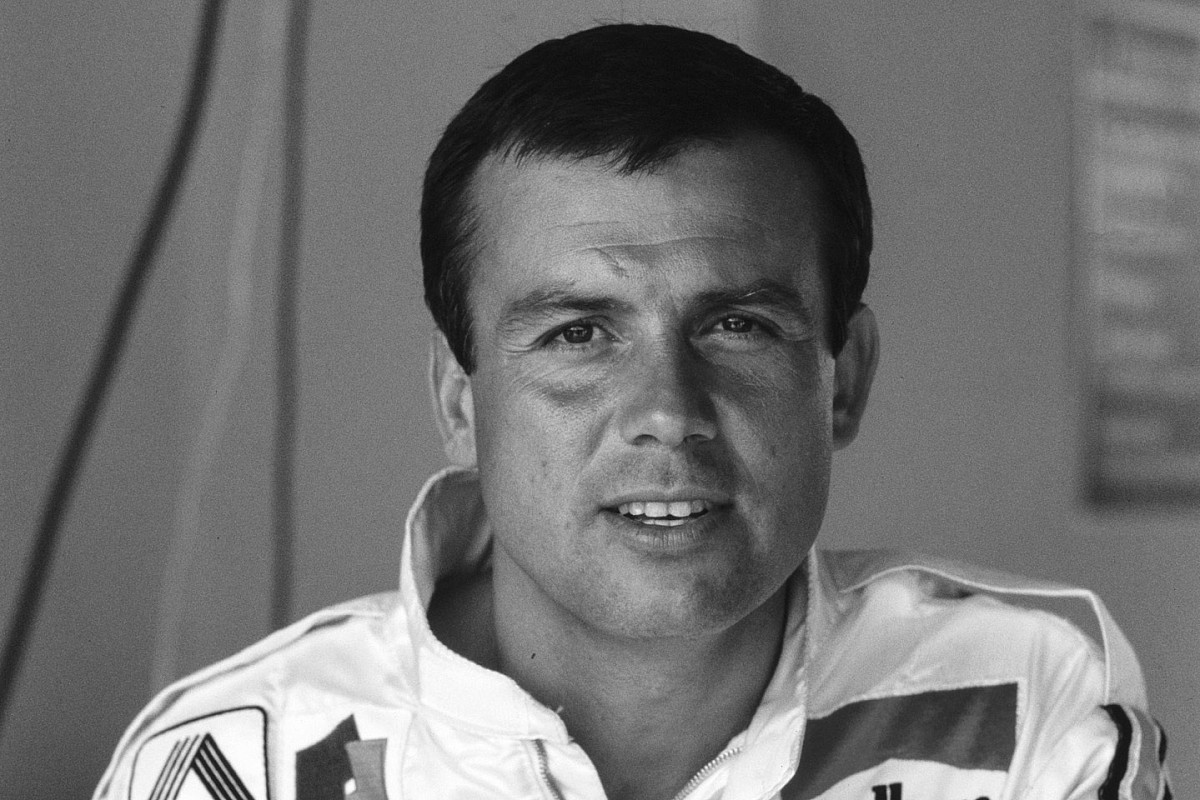
He only logged two grand prix victories during his two-year stint at Maranello, but he played a huge role in helping to steer the team through a traumatic time, with Villeneuve’s death followed a few months later by another devastating accident that ended the career of Didier Pironi.
Tambay’s easy-going personality made him the perfect man for such a difficult task. Hugely charming and possessed of a winning smile and impeccable manners, he made friends wherever he went. It says a lot that over the course of his career he was often reunited with teams and key personnel years after first working with them – people liked having him around.
Like so many other Frenchmen of his generation Tambay was propelled to the top of the sport by Elf. An accomplished skier in his youth, he enjoyed driving road cars in snowy conditions, and a trip to the Monaco GP inspired him to go to the Winfield school at Paul Ricard.
Already 23, he duly won the Pilote Elf racing school prize – the judges included Ken Tyrrell and Francois Cevert – which led to a paid Formula Renault drive for 1972. In his second season he finished runner-up to Rene Arnoux in the French championship, and after convincing Elf that he should by-pass F3 he moved straight into F2 in 1974 with the Alpine team.
He finished seventh in the championship and, again with Elf support, moved to the works March outfit for 1975. A win in Nogaro and five second places saw him finish equal runner-up, albeit a long way behind winner Jacques Laffite.
He stayed on for a third year in 1976 with the Martini team, winning again at Nogaro and finishing third in the points behind Jean-Pierre Jabouille and team mate Arnoux. That year he also made his Le Mans debut in a works Renault, partnering Jabouille, and got a first taste of the US scene when he contested an F5000 race at Riverside with Teddy Yip’s Theodore Racing team.
By now it was time for Tambay to leave F2 behind. For 1977 he made an unusual sideways switch to CanAm as replacement for the injured Brian Redman at the Haas team. He won six races and took the title, and made a second Le Mans appearance with Renault.
Patrick Tambay, Ferrari 126C3
Photo by: Motorsport Images
That summer he also finally landed his F1 chance. He was offered a Surtees seat at his home race in Dijon at the very last minute, but he failed to qualify. He had already signed to drive an Ensign run by Theodore Racing for the rest of the season, starting at Silverstone.
After a solid debut he earned sixth in his second start at Hockenheim and then at Zandvoort he ran as high as third before running out of fuel and being classified fifth.
His performances attracted the attention of Ferrari, although an appointment to talk about a future drive was postponed because Enzo was ill. Before a second chance a rose he was signed by McLaren boss Teddy Mayer to replace Jochen Mass in 1978.
“I was due to fly back to Canada for a CanAm race,” he recalled. “But I went to see John Hogan of Marlboro to talk about what I should do, and this and that. And suddenly out of the blue Teddy Mayer walked into the office, with his really nice leather briefcase.
“So we started talking together. He said, ‘You have a Ferrari offer? You won’t fit well with Carlos Reutemann, he’s a strange guy, the atmosphere is going to be difficult, the relationship is going to be difficult. And they are switching to Michelin, and for sure it’s not going to be a good first year.’
“And then he opened his nice briefcase and took out a McLaren contract. I didn’t have a manager, I didn’t have an agent, I didn’t have anything. I called my father, and he said, ‘Hey kid, do what you want, it’s your job, and if you think you can handle that it’s better to feel safe than sorry.’ So I got a pen and signed it, and went off to Canada.”
Given that the team already had a young driver to hand in the form of Gilles Villeneuve, who had made his debut at Silverstone, Tambay’s signing was a surprise.
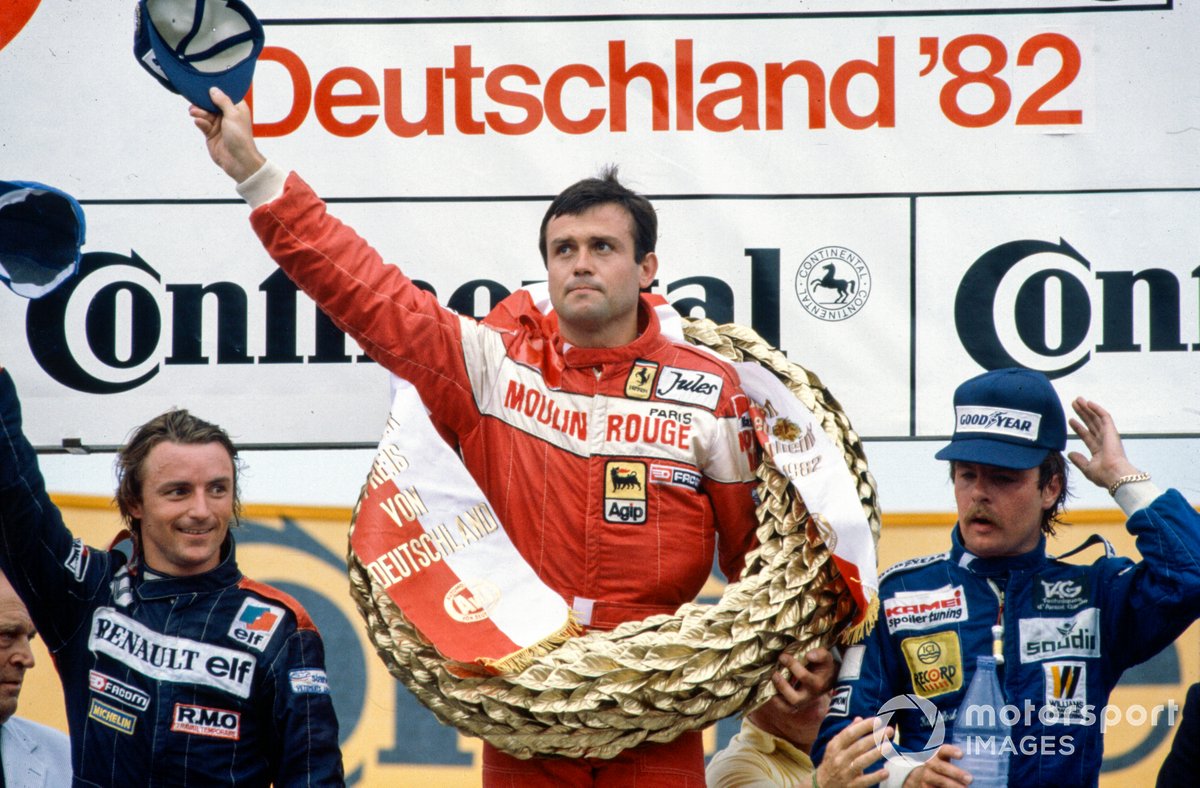
Patrick Tambay, 1st position, alongside René Arnoux, 2nd position, and Keke Rosberg, 3rd position.
“I said to Gilles, ‘Hey, you had an option with McLaren for ’78, I just signed a contract with them. But on the other hand I have an offer from Ferrari, so you should go down to Monza and see them.’
“That’s the way we would have done it, being friends. I suggested to Gilles, ‘Step on it, go down to Monza, talk to them, they want a young guy to go along with Carlos, maybe it can work out.’ I had no idea that it would.
“Meanwhile after Monza I went down to see the Old Man with [Mauro] Forghieri, to excuse myself from signing up before talking to him.
“Forghieri translated the whole conversation, and at the end the Old Man said in French, ‘Patrick what a stupid mistake you made. You would have been World Champion with us, and you would have made a lot more money…”
James Hunt had won two of the last three races of the 1977 season, so it looked like a great chance for Tambay. However in 1978 McLaren lost its way, left behind by Lotus at the start of the ground effect era.
Hunt soon lost interest, while Tambay struggled to make any sort of impact with the M26. He was fourth in Sweden and scraped into the top six on four other occasions, finishing 14th in the World Championship. Meanwhile Villeneuve had become a huge star with Ferrari.
“I scored some points, but not enough,” Tambay recalled. “I had arrived in there with so many hopes. I think at the end of 1977 I had been one of the up-and-coming guys, along with Gilles, that people were looking for.
“It just turned out to be that I was going down, and he was going up. I didn’t mind. If it had been Rene Arnoux I would have been pissed off! But it was Gilles, so I could forgive all that, and cope with it. In fact I was happy for him.”
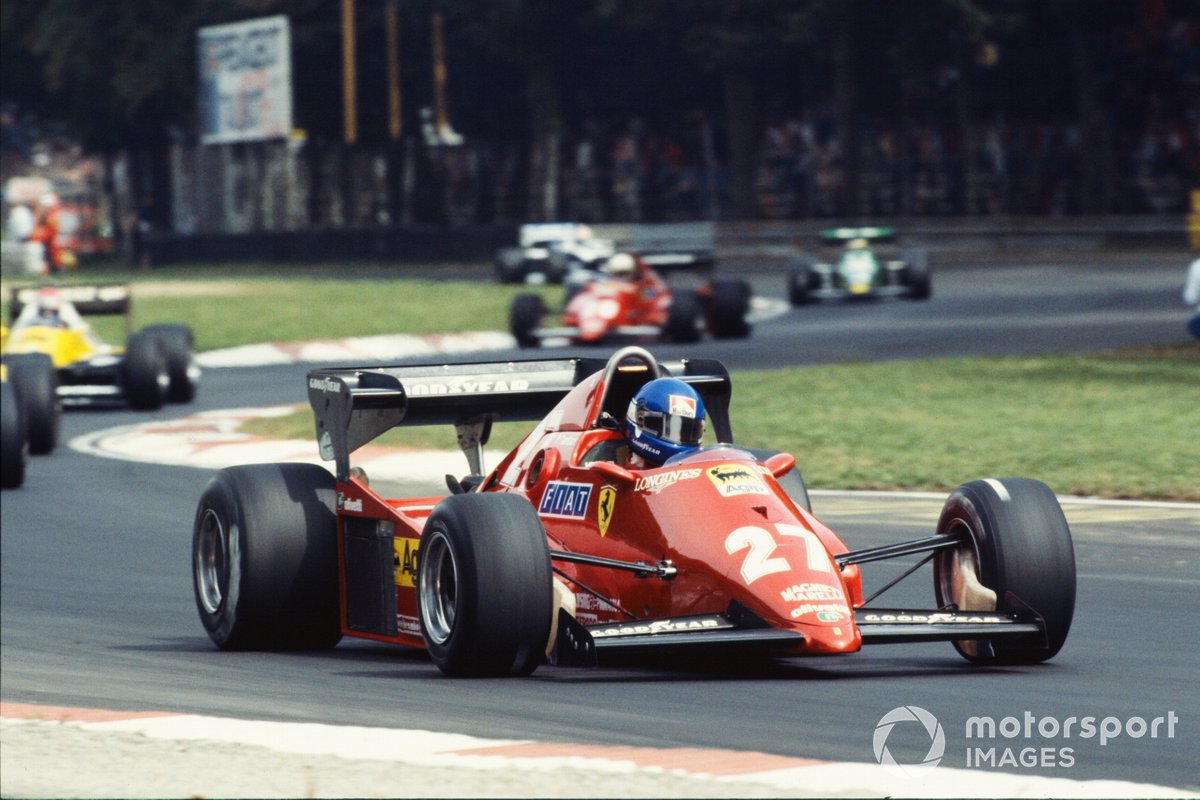
1983 Italian Grand Prix, Patrick Tambay, Ferrari 126C3
Photo by: Motorsport Images
For 1979 and with John Watson now partnering Tambay, McLaren tried to catch up with ground effect technology, but the M28 proved to be a disaster.
“I remember the first day they rolled the car out of the workshop for the photo call. Three wheels were on the sidewalk, and one was off the sidewalk, up in the air. All the team was standing in the back, and I sat on the wheel that was off the ground.
“And we heard this cracking sound – the bonding wasn’t dry or something, and I was giving it a torsion test. They looked very, very worried, I tell you. I don’t know what happened after that, but I think they had to have a stiffening contest.”
The car proved to be so problematic that Tambay even had to go back to the ancient M26 at one stage. In the second half of the season it was superseded by the hurriedly prepared M29, which wasn’t much better. He failed to score a point, and for 1980 Mayer replaced him with F3 star Alain Prost.
“At the end of the season Teddy called me and said I had to go down to Paul Ricard for a test,” Tambay recalled. “’And by the way there’s a new guy coming along with you, called Prost.’
“What?,” I said, ‘I’m not going to do a shoot-out against Prost. You give me a difficult time all year with that car, and I’m not about to be compared with him.’
“I didn’t want a shootout, I didn’t deserve one. But I opened up the way for Alain by not going to that test. They had to make a choice, and I think maybe Marlboro was pushing for him. I gave up the competition there, because I didn’t feel that I deserved to be compared to him.”
In 1980 Tambay went back to CanAm, where earned a second title with Haas, again winning six races. In 1981 he returned to F1, hooking up with Teddy Yip once more to drive the uncompetitive Theodore.
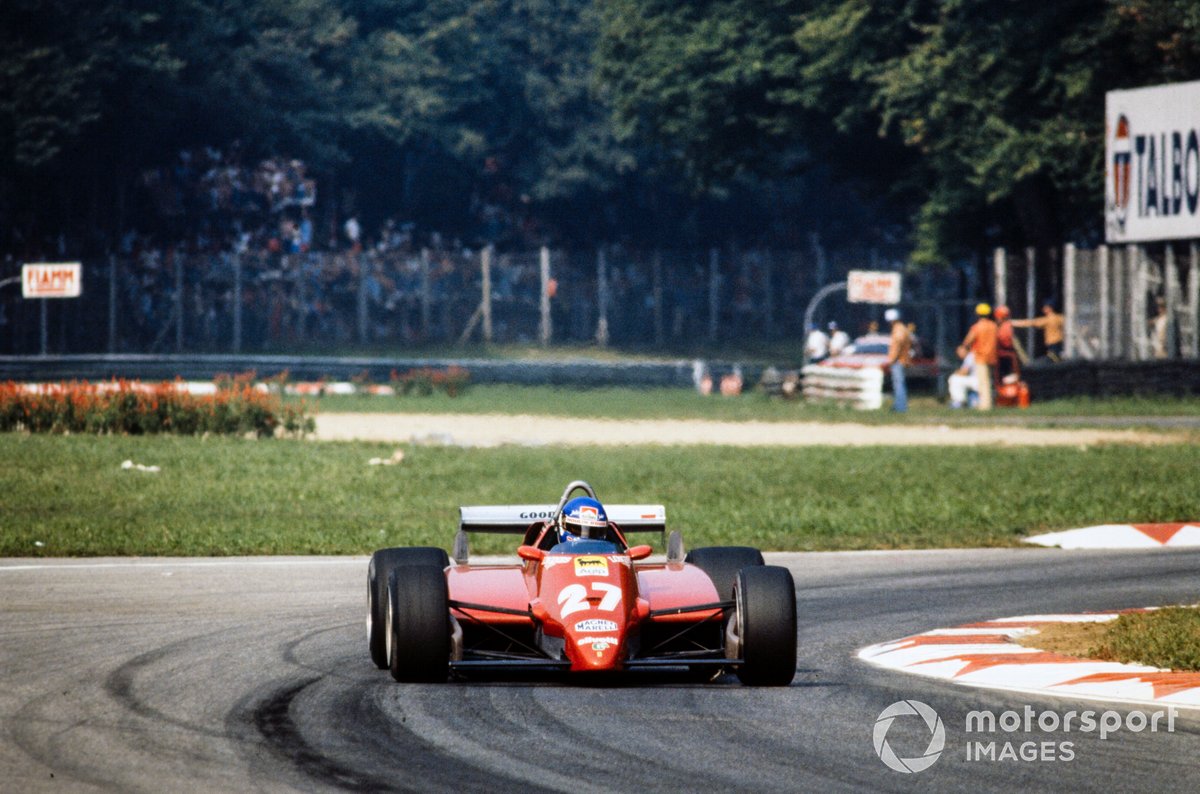
Patrick Tambay, Ferrari 126C2.
In the middle of the season he moved to Ligier to replace the injured Jabouille alongside Laffite. It was not a happy time, and he failed to log a finish, and was fortunate to escape from a huge crash in Las Vegas that broke the front off his car.
After a false start with Arrows he was left on the sidelines in early 1982. However when Villeneuve was killed at Zolder in May Tambay was the man that Enzo Ferrari called upon to partner Pironi, his former F2 rival.
He was third on his second outing at Brands Hatch and then won on his fourth start with the team at Hockenheim – the day after Pironi was badly injured.
“It was dramatic. The spirit of the team was shattered, they lost to one of their drivers, and then losing the second straight away. They were they were so low and depressed, and I mean shattered. I was just coming back, and I couldn’t feel it as much as they were feeling the drama. I had been away, and I wasn’t really in the team yet, even if I’d replaced Gilles only two races or three races before.”
Tambay helped the team to move on, and his solid scoring ensured that Ferrari secured that year’s constructors’ title.
For 1983 he was joined by former F2 team mate Arnoux. He scored an emotional win at Imola, a year after the Villeneuve/Pironi fallout, and for the first half of the year he was a World Championship contender. However his hopes faded with a string of retirements in the second half, three in races where he started from pole, and he finished the year in fourth place.
Dropped by Ferrari, for 1984 he was back with Renault and Elf as he was signed to partner Derek Warwick, who still regards Tambay as his favorite team mate. Pole and second place in the fourth race at Dijon looked promising, but his two years with the team to be difficult, and he was plagued with reliability issues.
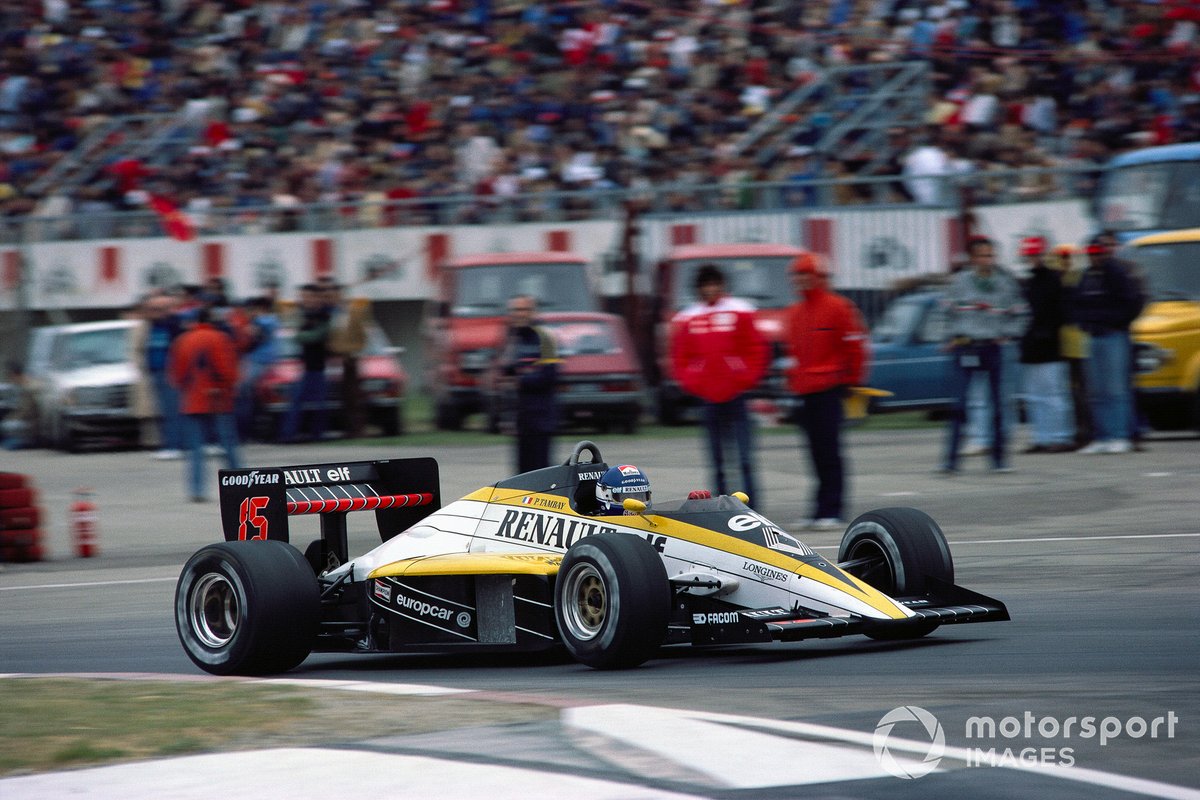
Patrick Tambay, Renault RE60
Photo by: Rainer W. Schlegelmilch / Motorsport Images
With the Renault team closing at the end of 1985 Tambay made a fresh start with the new Beatrice Haas team for the following year, partnering Alan Jones. There he was reunited with his CanAm boss Carl Haas and former McLaren men Mayer and Tyler Alexander, and also worked with future F1 technical gurus Adrian Newey and Ross Brawn.
It was to be another difficult year with the Ford-powered car, and his only score was fifth in Austria. Once again the team closed at the end of the year, and this time Tambay’s F1 career was over.
In 1989 Tom Walkinshaw hired him to drive for Silk Cut Jaguar in the World Sportscar Championship as partner to Jan Lammers. The V6 turbo-powered XJR10 was largely outclassed, and the only decent result was second at Jarama, while he took fourth at Le Mans in the V12 machine.
After that Tambay’s circuit racing career fizzled out. He switched his focus to off-road events, regularly competing in the Paris-Dakar and logging several podium finishes. He would make a single-seater comeback in the Grand Prix Masters series in 2005-6, competing in races at Kyalami, Qatar and Silverstone.
He kept busy out of the cockpit. He had a brief involvement with the Larrousse team in its latter days, and forged parallel careers as a TV commentator and politician. He also served as a mentor to Jacques Villeneuve when the young Canadian was starting his career, and later helped his own son Adrien to progress through the ranks.
Tambay had been struggling with health issues for many years, principally Parkinson’s Disease, and sadly he has lost his final battle. Motorsport.com sends its condolences to his family and his many friends in the sport.
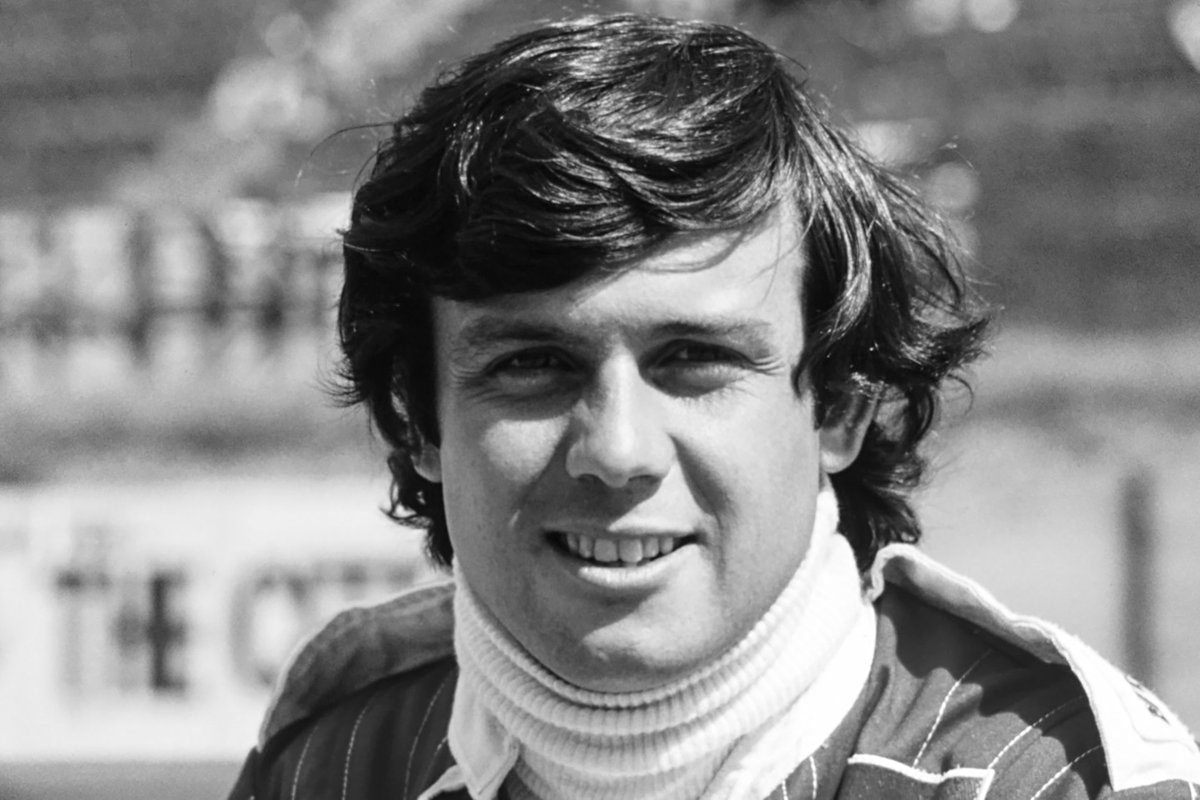
Patrick Tambay
Photo by: Ercole Colombo


